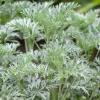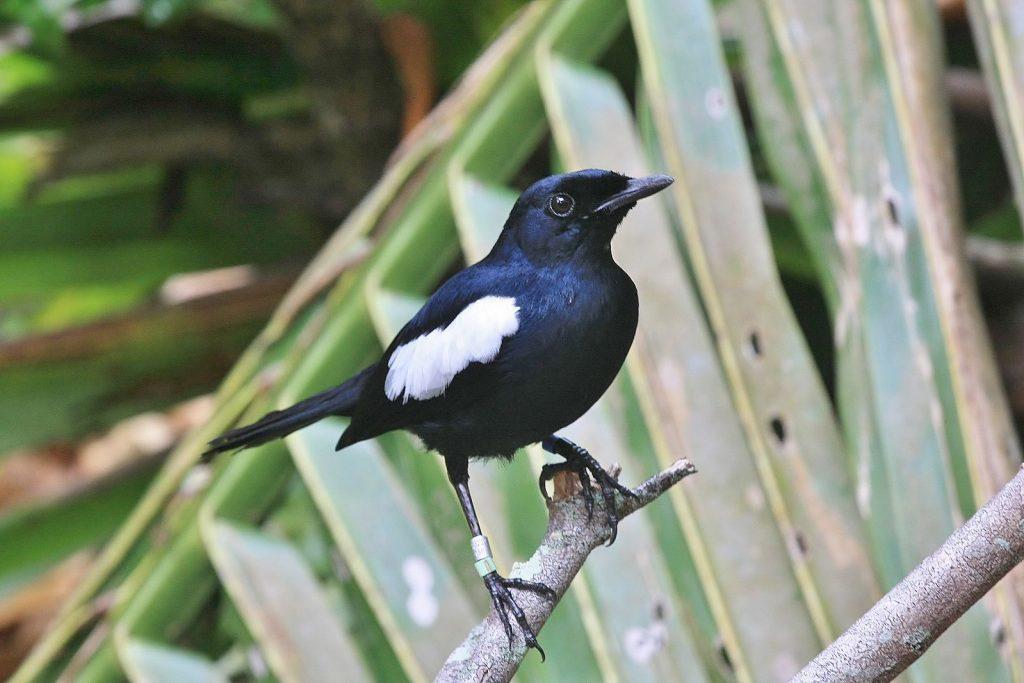
Crypto-Conservation: Can Blockchain Save Our Birds – And Other Beasts?
21 Dec 2021
This article was originally researched and published on The African Insider and written by Melanie Van Zyl, 22 July 2021
The Seychelles magpie-robin was once one of the rarest birds in the world. Now you can own one? And it’s being called conservation? Let’s break down the mind-bending potential of blockchain.
In 1990, less than 20 Seychelles magpie-robins (Copsychus sechellarum) remained on Fregate Island in Seychelles. The shiny black bird is slender, bearing a white blaze on the wing, and, if I’m honest, doesn’t exactly spark much interest. However, it does have an absorbing history and promising future — if blockchain has anything to do with it.
Better known for its crystalline waters and breathtaking beaches, Seychelles is also a birding destination. Travellers often flock there to tick off one of its 11 endemic species, such as the Seychelles magpie-robin. Once widespread, this bird occurred on many islands within the Seychelles archipelago, including prominent destinations such as Mahe, Praslin and La Digue. However, loss of habitat and predation by mammals (rats, mice and cats) led to a radical decline in numbers.
On recognising the dramatic demise, the Royal Society for the Protection of Birds (RSPB) and Birdlife International started a recovery programme to save this bird. Maintained by Nature Seychelles from 1998, the plan has proved an enormous success.
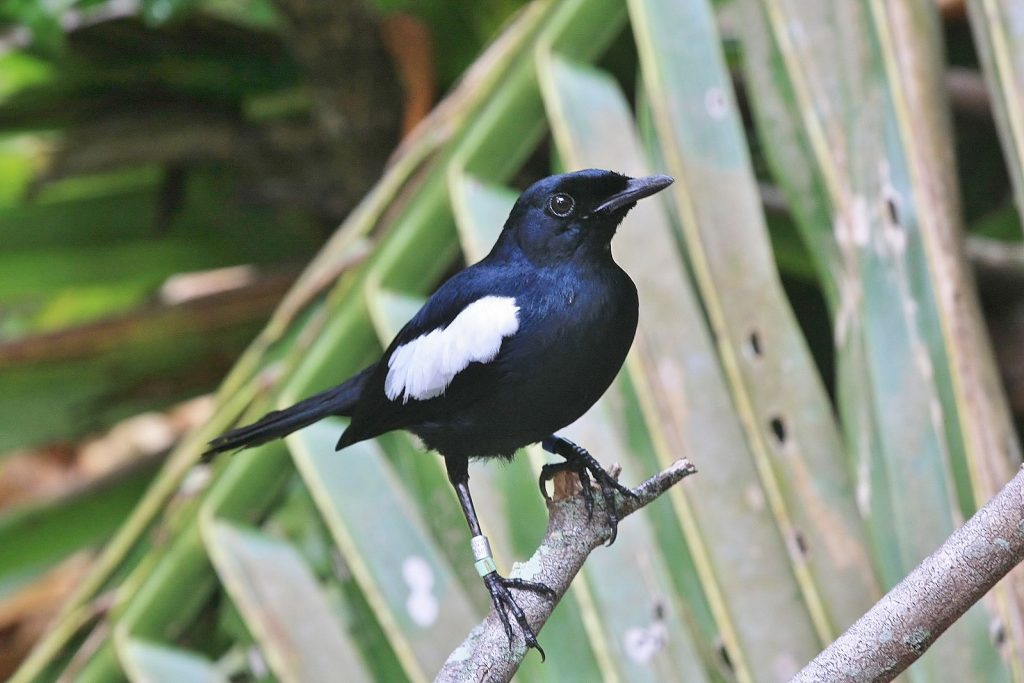
New breeding pairs were strategically places on suitable islands – in 1994 to Cousin and 1995 to neighbouring island Cousine, both islands now have a stable and saturated population. In 2002, more were moved to Aride Atoll and the last translocation to Denis Island in 2008. As a result, some 460 of these rare birds now occur across five Seychelles islands today. And it’s just the beginning.
Now, Nature Seychelles is selling its magpie-robin.
Welcome to a world where birding and blockchain can bolster nature
Let’s rewind a few months. Do you remember headlines declaring that a digital artwork was worth $69 million?
A famous auction house, Christie’s, sold the 13-year old digital art piece “Everydays — The First 5000 Days“, crafted by the artist known as Beeple, for non-fungible tokens (NFT). The artwork is a single JPG file, and a collage of all the images that the artist, whose real name is Mike Winkelmann, has been posting online each day since 2007.
WTF is an NFT?
Enter the non-fungible token. “Non-fungible” sounds like something out of a Roald Dahl tale, but it essentially means unique. The token cannot be replaced with something else. For example, a bitcoin is fungible — trade one for another bitcoin, and you still have exactly the same thing. In contrast, a one-of-a-kind trading card is non-fungible.
On the topic of digital artworks, The New York Times reported in The Untold Story of the NFT Boom that “NFTs are digital files created using blockchain computer code, much like the code that makes Bitcoin possible … it is essentially impossible to duplicate. That means the NFT behaves — in the eyes of a new breed of collector, anyway — somewhat like a physical piece of art”.
This is how I understand it. The NFT is an individual piece of code and typically contains data, such as the title, creator, etc. “But the visible part of the art, the JPEG or animated GIF, the thing you look at? That is just a digital file hosted somewhere online, with the NFT commonly pointing to it”, reiterates NY Times reporter, Clive Thompson.
While people have been collecting art for centuries, we recognise that nature is best left where it is. Instead, you can buy a Digital Nature Collectible.
How to buy an endangered bird
It will cost you between $10 and $10,000.
“We can offer a new road to income and extend the NFT market beyond art, games and music” is the rationale behind these newfangled #NatureCollectibles. “We have the million-dollar bird”, Dr Nirmal Shah, the CEO of Nature Seychelles said. “It cost over a million dollars to actually save this bird. Now we want this bird to save us”.
Nature Seychelles, along with the IUCN and Porini Foundation has launched the world’s first Digital Nature Collectibles using carbon-neutral infrastructure that expends almost zero energy. #NatureCollectibles are NFTs, each one a unique digital representation that can only have one official owner at a time. This makes each one a unique and rare collectable item, much like their real-life natural form – a piece of art.
Although Nature Seychelles is selling the magpie-robin, none of the 59 Seychelles magpie-robins will leave their home.
Each token – written on a blockchain (chunks of data distributed across several computer systems) – is a digital twin and represents a living bird currently on Cousin Island.
This is the start of a new conservation funding blueprint
The global conservation sector still largely relies on goodwill. Philanthropic giving from individuals and charities. These funds are bolstered by tourism, but such a revenue stream proves especially problematic during a global pandemic.
Nature Seychelles is a registered non-governmental association in Seychelles dedicated to environmental conservation. Given the travel constraints that arrived with Covid-19, they partnered with Swiss NGO Porini Foundation to create an alternative income. Why? Well, in 2018, the Swiss NGO Porini Foundation set up a first near-zero energy blockchain called Sustainability-Chain to make this technology accessible for nature conservation projects.
“The Seychelles magpie-robin will take us into the unchartered waters of digital tokens for conservation. As traditional sources of funding have dried up, we need innovative ways to support long-term programmes that are the backbone of successful conservation. This is just the beginning of experiments to find new income streams for conservation,” said Dr Nirmal Shah, the CEO of Nature Seychelles.
These new digital collectables diversify the income stream for conversation bodies. We need to rethink how NGOs like Nature Seychelles can get paid and direct funds to critical (and successful, proven) work on the ground.
“The response has been amazing with 29 of the 59 tokens sold as of 22 July 2021”, Shah told The African Insider. “We have been talking about how important it is to innovate during this crisis and we are happy to be early adopters of this innovative technology, we named it – Next Gen Conservation“. Funds raised from the collectables will assist the ongoing recovery of the Seychelles magpie-robin.
“This bird is still endangered. There is ongoing monitoring. We build and clean nest boxes, check each bird for diseases, and run SMART — the Seychelles Magpie Recover Team — a group of managers taking care of the birds on the islands they occur in Seychelles”.
Visit Cousin Island
If you’re more traditional and prefer to see your birds in real life, visit Cousin Island. Eco-tourism and visitor fees remain a significant means for funding conservation activities and research.
Managed by Nature Seychelles, Cousin has a longstanding ecotourism program that began in the 1970s. In recognition of the environmental impact of international visitors to the island (most of whom fly from Europe and reach the island by boat) all the emissions are rigorously measured. In 2010, Cousin Island became carbon neutral, the first nature reserve in the world to do so.
You cannot stay on the island, but a day trip is easily arranged from pretty Praslin.
Authors
No authors to show
We support the free flow of information. Please share:
More content
-
Collaborative governance models of wild product value chains for conservation and livelihood resilience
Mr Thapelo Brilliant LebopaArticles -
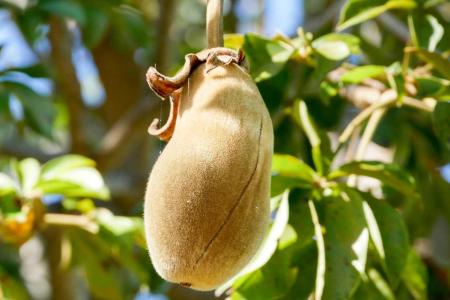
-
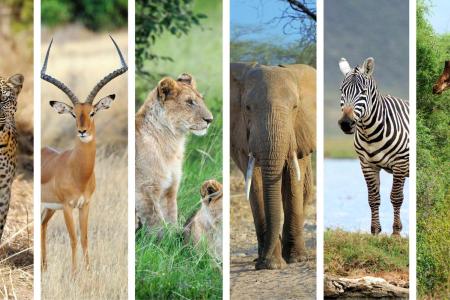
-
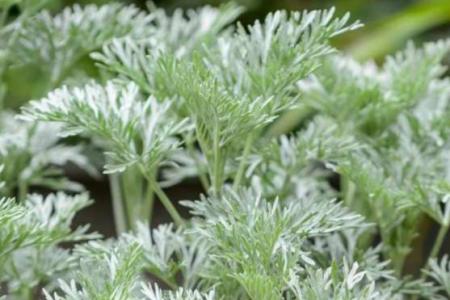
-
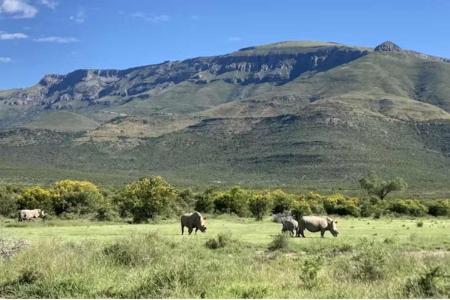
South Africa’s conservation model: why expanding the use of biodiversity to generate money is a good idea
Dr Hayley Clements…Articles -
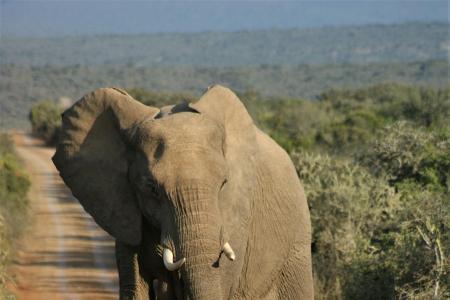
Natural capital as a potential tool for resolving human-wildlife conflict
Dr Michael MusgraveArticles -
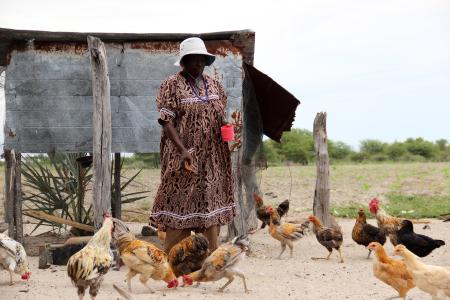
-
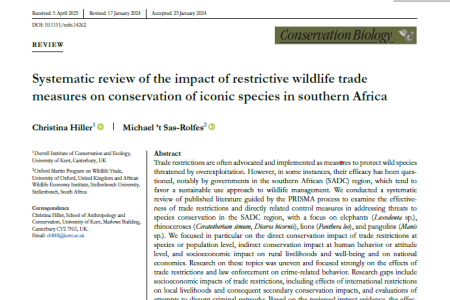
Systematic review of the impact of restrictive wildlife trade measures on conservation of iconic species in southern Africa
Christina Hiller…2024Research -
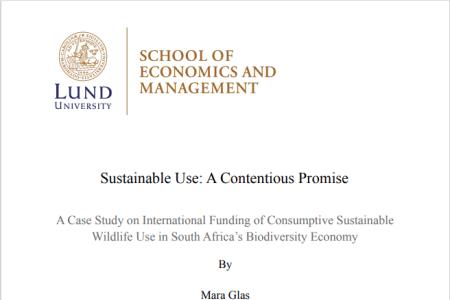
Get updates by email
In a complex and changing world, AWEI generates strategic ideas, conducts independent analysis on wildlife economies, and collaborates with global scholar-practitioners to provide training and expertise for biodiversity conservation, climate resilience, and inclusive economic opportunities in Africa.
Sign up for a quarterly dose of AWEI insights
In a complex and changing world, AWEI generates strategic ideas, conducts independent analysis on wildlife economies, and collaborates with global scholar-practitioners to provide training and expertise for biodiversity conservation, climate resilience, and inclusive economic opportunities in Africa.


